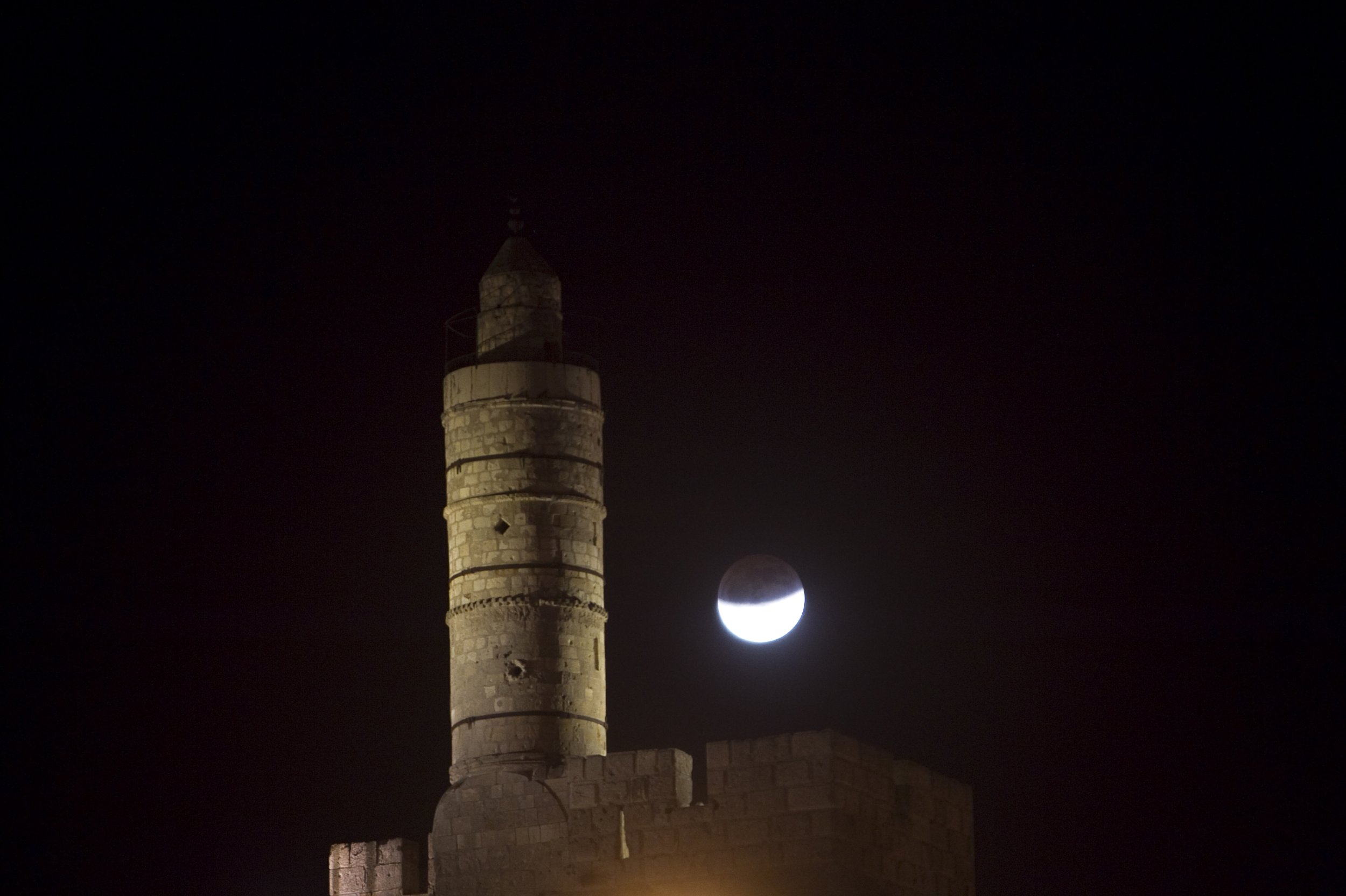Lunar Eclipse 2012 Photos Show Penumbral Lunar Eclipse And Other Past Lunar Eclipses
A penumbral lunar eclipse took place Wednesday morning as a full moon passed through the outer edge of Earth’s shadow.
The lunar eclipse was seen from vantages points located on the West Coast, as well as in East Asia, Australia, Hawaii and Alaska, during a period of five hours, starting at 7:15 a.m. Wednesday.
Unlike a total lunar eclipse, which occurs when Earth passes behind the dark center of the moon's shadow, the penumbral lunar eclipse took place when the moon passed through the hazy outer edge of Earth's shadow, called the penumbra, as seen in the photo provided.
During a penumbral eclipse, the moon doesn't black out completely; instead, it appears to darken subtly, but noticeably.
According to SPACE.com, shooting the eclipse required a telescope or telephoto lens with a focal length of 500 millimeters or more. The length ensures that photographers would capture details on the moon's surface such as its dark markings (called the "maria"), as well as the bright, rayed impact craters.
Check out photos from the recent penumbral lunar eclipse and other total lunar eclipses.




© Copyright IBTimes 2024. All rights reserved.






















